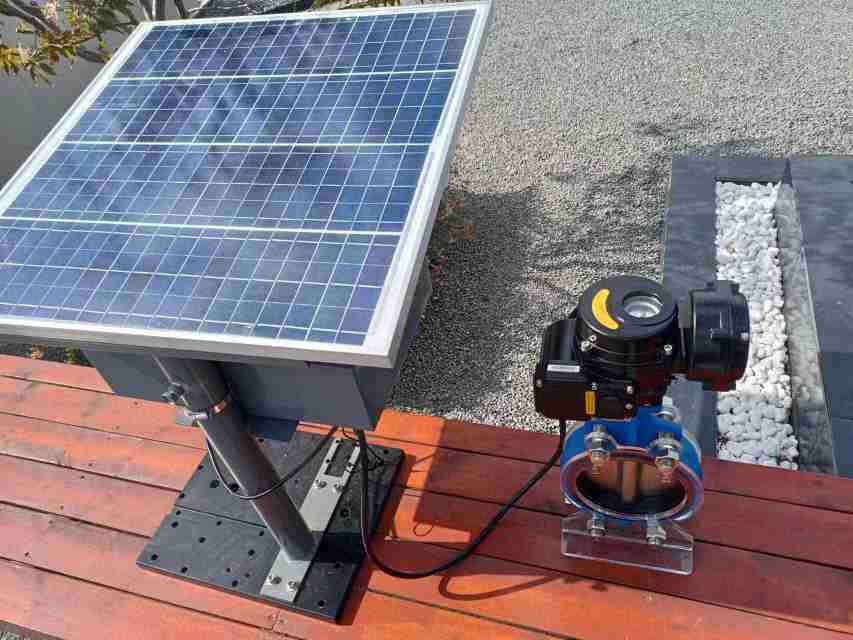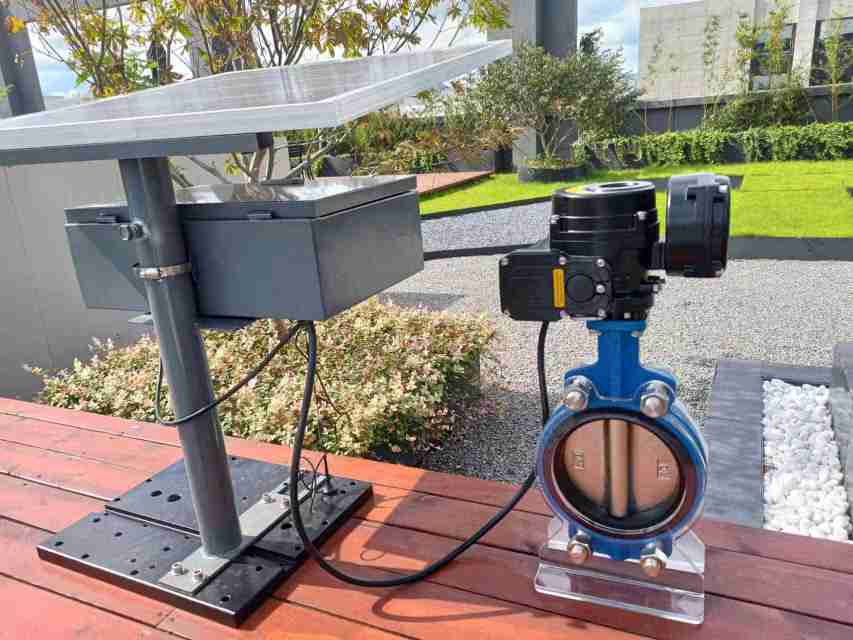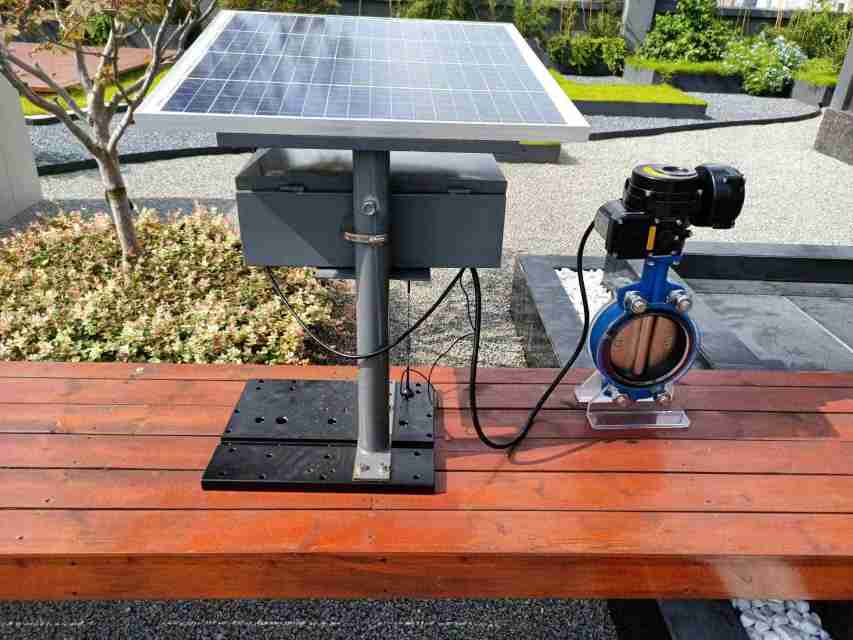In an era where sustainable energy solutions are increasingly vital, the integration of innovative technologies is essential for optimizing energy efficiency. One such advancement is the photovoltaic electric valve, a device that combines the functionality of traditional valves with the benefits of photovoltaic (PV) technology. This article explores the significance, functionality, and applications of photovoltaic electric valves in contemporary energy systems.

Understanding Photovoltaic Electric Valves

Photovoltaic electric valves are specialized control devices that regulate the flow of liquids or gases in various systems while harnessing solar energy to operate. By integrating PV cells into the valve mechanism, these devices can convert sunlight into electrical energy, which powers the valve’s actuating mechanism. This innovative design not only enhances the operational efficiency of the valve but also promotes energy independence by reducing reliance on conventional power sources. Key Components and Functionality A typical photovoltaic electric valve consists of several key components: the valve body, photovoltaic cells, a control unit, and an actuator. The valve body is designed to manage the flow of fluids, while the photovoltaic cells convert sunlight into electricity. The control unit processes signals and commands, and the actuator translates these commands into physical movement, opening or closing the valve as required.
